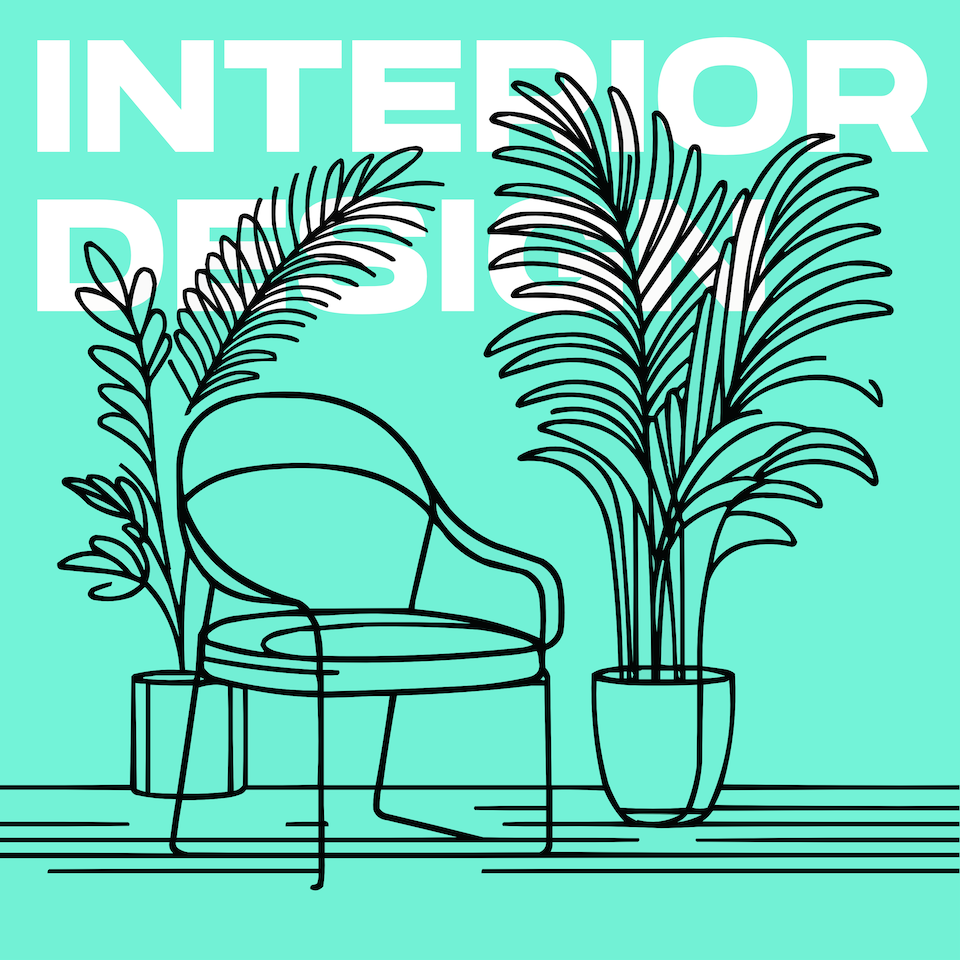Unlocking Spatial Awareness: The Art of Room Layout
Hello, dear enthusiasts, and welcome back to another episode of "Interior Design for Beginners". Today's episode is dedicated to unlocking the secrets behind one of the most impactful yet often overlooked aspects of interior design - Spatial Awareness through the Art of Room Layout. Buckle up as we embark on this transformative journey, turning your space from cluttered to clear, confined to expansive, all with the magic of thoughtful room layout. Let’s start by addressing a simple truth: the way we position our furniture and design elements within a room can dramatically influence not only the aesthetics but also the functionality and vibe of our spaces. It’s all about the dance between form and function, aesthetics and practicality, ensuring every piece contributes to a larger whole, creating a space that is not just beautiful but also liveable. Firstly, let's unpack the fundamentals. The concept of spatial awareness in interior design revolves around understanding the volume of space you're working with and how objects interact within it. It's like a puzzle; each piece needs to fit in a way that maximizes both beauty and utility. But where do you start? Identify Your Focal Point: Every room has a natural focal point. It might be a fireplace, a large window, or an art piece. This serves as the anchor of your layout, guiding the arrangement of your furniture around it to create a sense of order and highlight the room's best features. Function First: Before getting swept away by aesthetics, consider what the primary purpose of the room is. For a living room, it might be conversation or relaxation; for an office, productivity. Design the layout to facilitate these functions, ensuring ease of movement and interaction. Playing with Proportions: Be mindful of scale and proportion. Furniture size should complement the room's size, and the arrangement should balance the space, avoiding overcrowding or barren looks. Zone it Out: Especially in open-plan spaces, creating zones can help manage the flow and functionality of the area. Rugs, furniture arrangements, and lighting can delineate these zones without the need for physical barriers, allowing for a cohesive yet organized space. Let there be Light: Good lighting can transform a room, making it feel larger and more welcoming. Consider the natural light sources and plan your layout in a way that maximizes light exposure across the room, enhancing both the function and the mood of the space. Lastly, remember, rules are meant to be guidelines, not strict mandates. The beauty of interior design lies in its capacity for personal expression and innovation. Test out different arrangements, play with dimensions, and most importantly, create a space that resonates with you. In conclusion, mastering the art of room layout by unlocking spatial awareness can elevate your interior design game from novice to nearly expert. It's a journey of discovery, experimentation, and ultimately, transformation, making the most out of the spaces we inhabit. So, go ahead, reimagine your space, and watch as it unfolds into a haven of beauty, functionality, and tranquility. Thank you for tuning into another episode of "Interior Design for Beginners". May your design ventures be bold, and your spaces harmonious. Until next time, keep exploring, keep designing, and most importantly, keep enjoying the spaces you create.
Brought to you by Room AI
